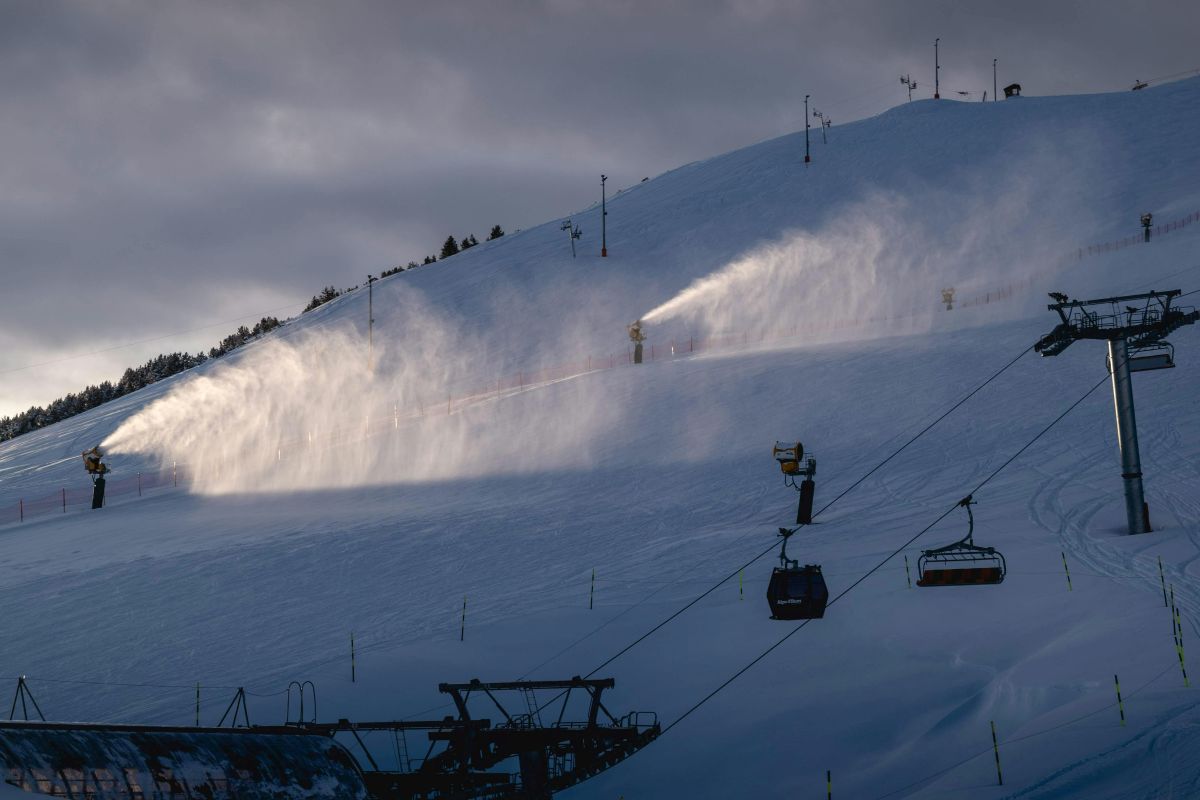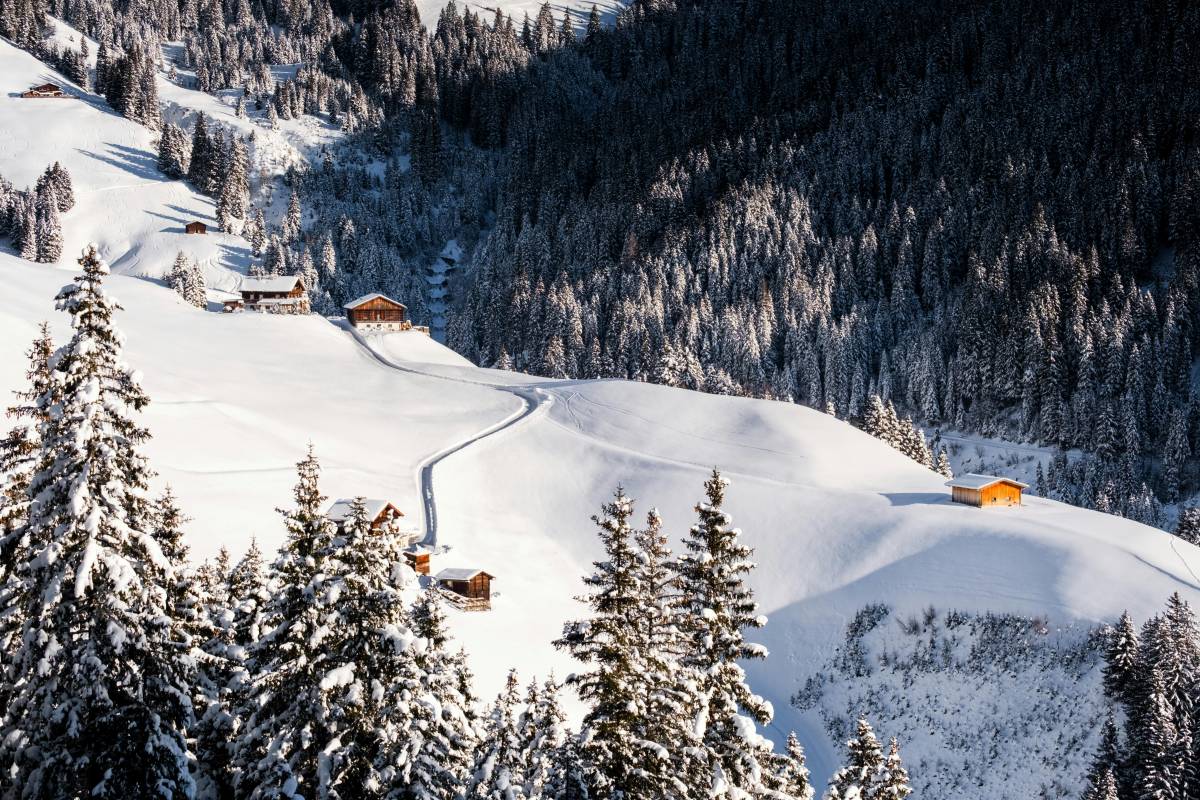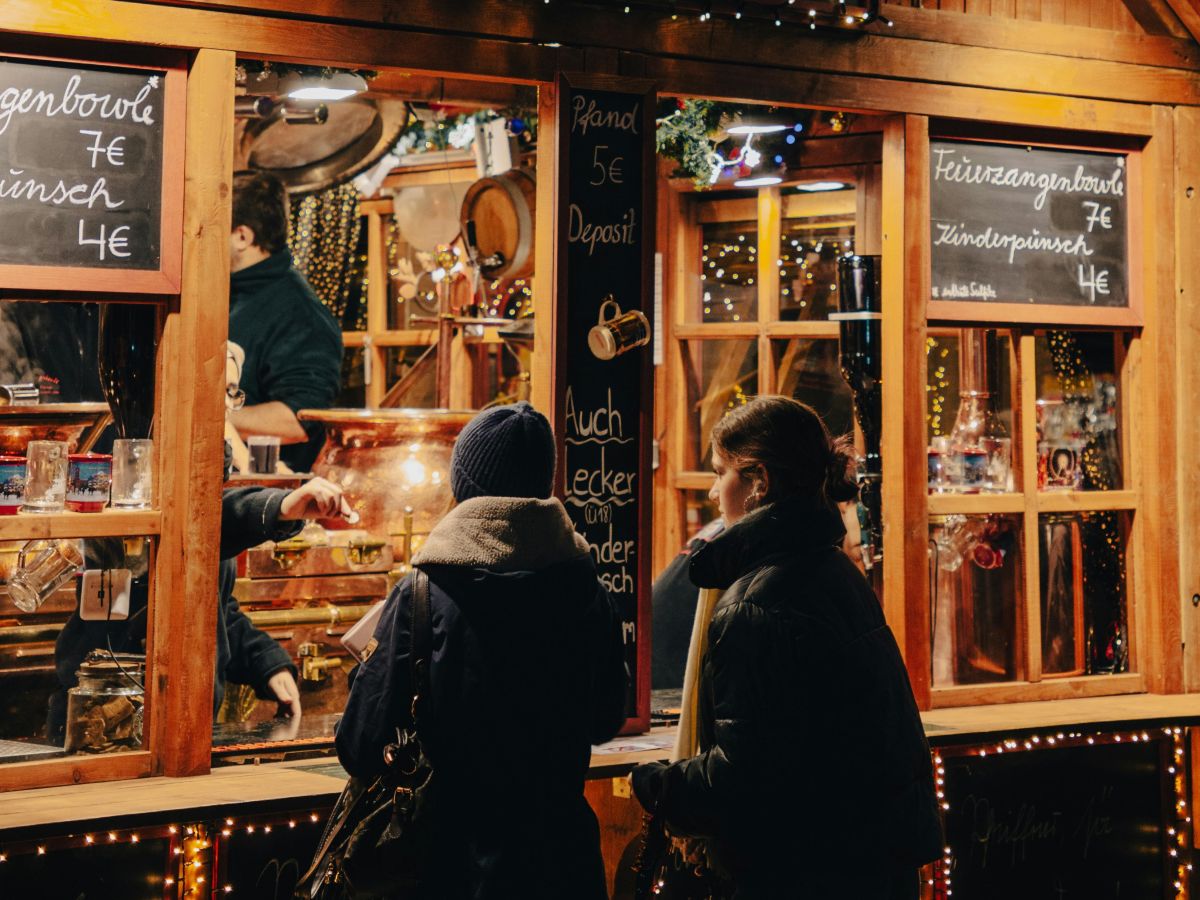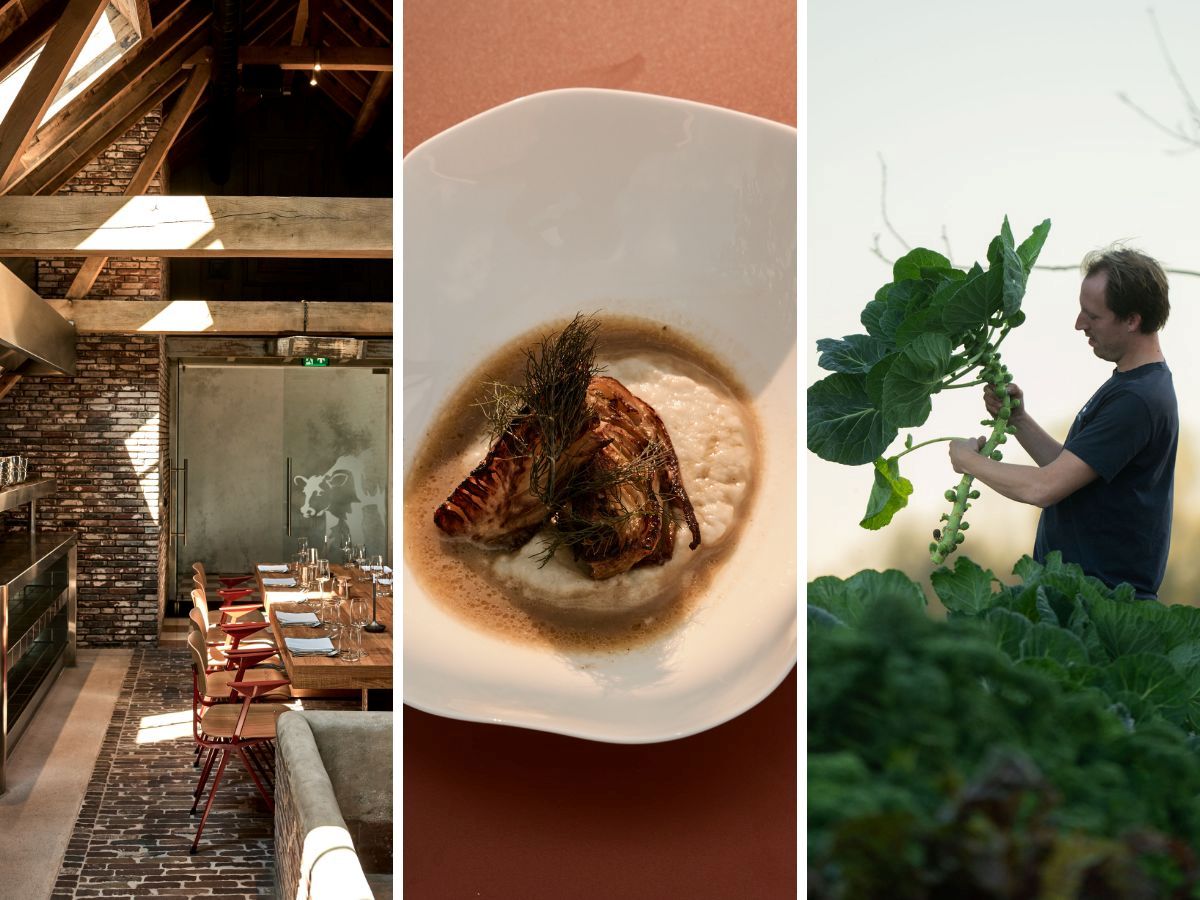Oy. As it gets warmer all over the world, fewer and fewer ski resorts remain. Drifting on the slopes? Yes, that too, but more and more ski resorts are forced to use artificial snow as a result. How is this fake snow made and what is the environmental impact? And is it still possible to enjoy a skiing holiday without artificial snow? At thegreenlist.nl we looked into it for you.
Artificial snow on the slopes, what do you ski on?
As temperatures rise in the Alps, less and less real snow is falling. Ski resorts therefore increasingly rely on artificial snow to sustain winter tourism. Artificial snow is made using snow cannons. You've probably seen them on the slopes before. A snow cannon shoots out water droplets with high pressure. Due to the cold outside air, the atomised droplets then fall as snow on the piste. That in itself does not sound so bad, right? But then it has to be freezing outside to make artificial snow. So what if it is not freezing? Even then your favourite ski resort will have a nice pack of snow. This is because da chemicals or bacteria are added to the water, making it possible to make ‘fresh’ snow even at temperatures above freezing. Ai, this already sounds a little less florid. This is bad for the environment. And that is why it is thankfully banned in Austria, Germany and Italy (at the moment). In France and Switzerland, on the other hand, some additives are (still) allowed.
The downside of artificial snow
Artificial snow made only from water thus, at first glance, does not seem so bad for the environment and is also often presented as environmentally friendly. But if we dive a little deeper into the snow, we do see some things that make us less keen on snow fun. We take you through our main findings.
Snow guns consume a lot of water
First, making artificial snow takes a lot of water. An Austrian study and skiinformation.nl have calculated how much water is needed to supply artificial snow to a slope. Now, of course, slopes come in all shapes and sizes: short, long, narrow, wide, steep and undulating, so an average is hard to calculate. But suppose a slope is eighty thousand square metres, according to these calculations, you need between 14.4 and 16 million litres of water to provide an entire slope with one metre of freshly poured snow. And then you have to remember that a ski area like Les Trois Vallées has some 330 slopes. Wojoo. Making an exact calculation is of course difficult and perhaps impossible, but to understand the scale it is nice to have something of a figure. Very crazy does not seem our calculation on a beer mat, as the Austrian ski resort of Kitzbühel would be 1.2 billion litres of water need to provide fake snow on the slopes.
So where does that water come from? From the ground! To have enough water for the snow cannons, water reservoirs are often constructed. In addition, pipes are needed to bring the water to the snow cannons. Our conclusion: to supply artificial snow to a ski area requires a lot of water, while we are facing a water shortage worldwide. Knowing that, that hut hike is suddenly a lot less romantic. In addition, building those snow cannons also has a big impact on the environment and can have consequences for nature such as soil erosion. You probably remember this from your geography teacher, which is the process by which the top fertile layer of soil is washed away or blown away, making land less fertile and vulnerable.
Snow guns consume a lot of power
Those snow guns have huge blowing power. How would they get that? Riddle... It's called electricity! So besides water, a lot of electricity is needed to make artificial snow. Thus, in 2021 600 GWh of electricity consumed in the Alps for snow cannons. That is as much as the annual electricity consumption of 130 thousand four-person households. Now, some ski resorts do use green electricity. So if you want to ski with a better feeling, it might be an idea to consciously choose such a ski resort. Now you probably want tips from us. We will definitely find out for you. But until then, you have to figure it out for yourself. Often ski resorts mention it on their website if they use green power.
Fake snow has a negative effect on nature
Artificial snow may look like natural snow to you - you're (almost) as comfortable sliding downhill - but there is a difference. Natural snow consists of hexagonal crystals, while artificial snow has round crystals. This is because natural snow takes a much longer way out of the air and therefore takes longer to fall down. Because artificial snow has fewer protrusions, its density is higher, meaning artificial snow exerts more pressure on the ground and melts less quickly. In spring, you can see exactly where that sprayed-on snow has been and where it hasn't. The soil cannot recover as well there.


Without artificial snow, winter sports are almost impossible in Europe, but the environmental impact of this fake snow is enormous. It requires a lot of water and energy, and the snow from snow cannons is of a different shape so it literally taxes the soil.
Alternatives to artificial snow
Okay, we get it. Winter sports are great, but artificial snow has a lot of negative side effects. And when you consider that every year, a million Dutch people alone drive to the Alps for a week of winter sports, the negative impact is probably quite large. Stay at home then? Well, we wouldn't say that either. We really do understand that you want to get away from it all during the dreary Dutch winter and that winter sports are great. That's why we went looking for ways to enjoy winter sports more sustainably, without relying too much on artificial snow or grey energy that drives the snow cannons.
Enjoying a sustainable winter sport
The solution seems simple: go to an area without artificial snow. But that is easier said than done, because most ski resorts in the Alps artificial snow use. So then to a higher area like a glacier? Unfortunately, these days most glaciers also use snow cannons to extend the season. At some glaciers, you can even ski in summer... So if you go to a glacier, do so in the winter months. By the way, the same goes for lower lying ski resorts: go there in the winter months, when the chances of natural snow are highest.
Ski resorts without snow cannons
Although it is becoming increasingly difficult, it is still possible to consciously choose a ski area that does not use snow cannons. There are a few smaller ski areas that deliberately do not use artificial snow, such as Sonnenkopf and Unterberg in Austria or Hochfelln in Germany*. The downside of these areas is that there is no ski guarantee. So if you don't mind hiking in case of insufficient snow or dancing with a flügeldop on your nose in the après-ski bar, this is a more sustainable option.
More durable artificial snow
If you still really want to ski or snowboard, there are a few things you can look out for to reduce the negative impact of artificial snow on the environment. Choose areas that use only water to make artificial snow, such as ski resorts in Austria and Germany. And choose areas that use green electricity. Besides snow cannons, there are of course many other things that impact the environment during a winter sports holiday. Think, for example, of travel and accommodation, which together account for about two-thirds of CO2 emissions. So if you have to choose between an area with snow cannons that is easily accessible by train, or an area without snow cannons that you have to fly to, the first option is definitely a more sustainable choice.
More sustainable winter sports tips from thegreenlist.nl
- For all winter sports enthusiasts: Even more tips on how to enjoy winter sports in a sustainable way can be found in this article.
- Ski wax and PFAS: how about exactly and is there any durable ski wax?
- Need warm clothes? Why it is better not to buy a (second-hand) fleece jumper for your skiing holiday, you will read in this article.
Sources: knmi.nl, Science Link, Snowplaza, Het Parool, wintersport.nl, National Geographic, University of Innsbruck, MRD. Photo credits: main image: Olivier Darny (Pexels), other: girls in the snow: Cottonbro (Pexels), piste: Vladimir Srajber (Pexels).












